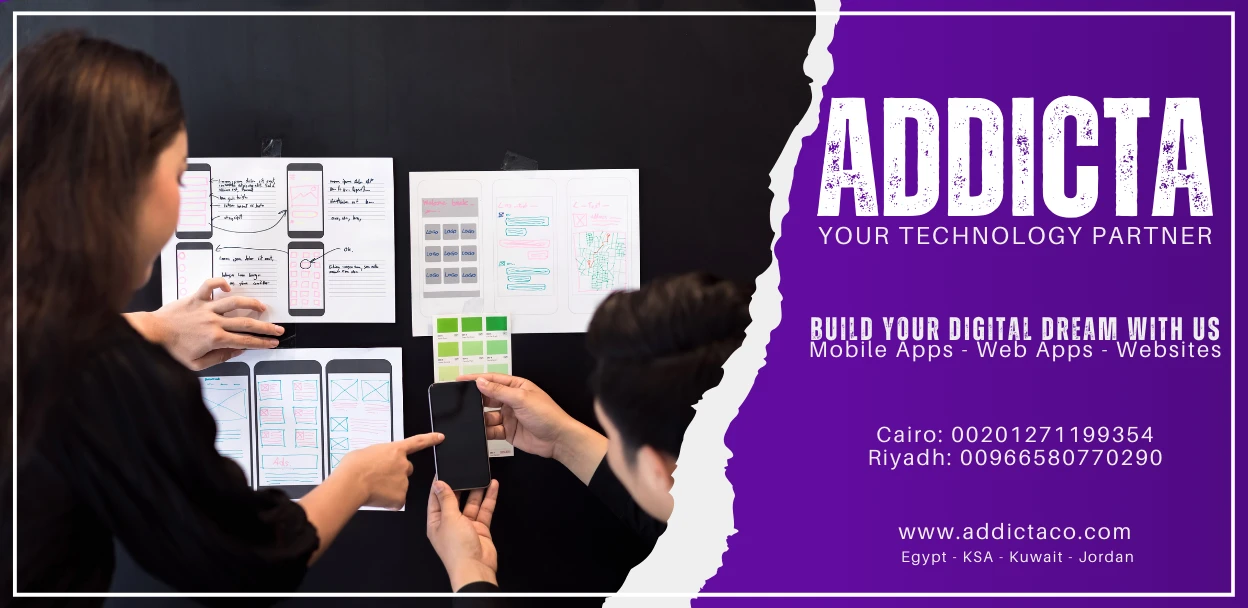User experience (UX) plays a crucial role in the success of web applications. An effectively designed web app not only meets the needs of users but also provides a seamless and enjoyable experience that keeps them coming back.
Best Practices for Effective Web App Design:
- Understand Your Users:
- Conduct thorough research to understand your target audience’s needs, preferences, and pain points. Use surveys, interviews, and usability testing to gather valuable insights.
- Prioritize Simplicity and Clarity:
- Keep the design simple and intuitive. Avoid clutter and ensure that users can easily navigate and find the information they need. Clear and concise content helps users understand and interact with the app efficiently.
- Responsive Design:
- Ensure your web app is responsive and works well on all devices, including desktops, tablets, and smartphones. A mobile-first approach can help you design for smaller screens and then scale up for larger ones.
- Consistent Design Language:
- Maintain consistency in design elements such as fonts, colors, buttons, and icons. A consistent design language creates a cohesive and professional look, making the app more intuitive for users.
- Fast Loading Times:
- Optimize your web app for speed. Fast loading times are essential for keeping users engaged and reducing bounce rates. Compress images, use efficient coding practices, and leverage content delivery networks (CDNs).
- Accessible Design:
- Design your web app to be accessible to all users, including those with disabilities. Follow accessibility guidelines such as the Web Content Accessibility Guidelines (WCAG) to ensure your app is usable by everyone.
- Interactive Elements:
- Incorporate interactive elements such as animations, hover effects, and transitions to enhance user engagement. However, use these elements sparingly to avoid overwhelming users.
- Effective Call-to-Actions (CTAs):
- Design clear and compelling CTAs that guide users towards desired actions. Use contrasting colors and concise text to make CTAs stand out.
- User Feedback and Testing:
- Continuously gather user feedback and conduct usability testing to identify areas for improvement. Regular testing ensures that the app evolves to meet user needs and expectations.
- Security and Privacy:
- Implement robust security measures to protect user data. Ensure that your app complies with data privacy regulations and clearly communicate your privacy policy to users.
Implementing Effective Web App Design:
- Wireframing and Prototyping:
- Start with wireframes and prototypes to visualize the app’s layout and functionality. This helps in identifying potential issues early and allows for iterative improvements.
- User-Centric Design:
- Adopt a user-centric design approach, focusing on creating solutions that meet the users’ needs. Involve users in the design process to ensure the app aligns with their expectations.
- Iterative Development:
- Use an iterative development process, where design and development phases overlap. This allows for continuous refinement and improvement based on user feedback.
- Cross-Functional Collaboration:
- Foster collaboration between designers, developers, and stakeholders. A collaborative approach ensures that all aspects of the app, from design to functionality, are aligned with business goals and user needs.
By following these best practices and focusing on user experience, you can create web applications that are not only functional but also delightful to use, leading to higher user satisfaction and engagement.

